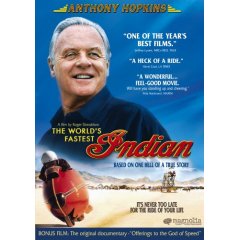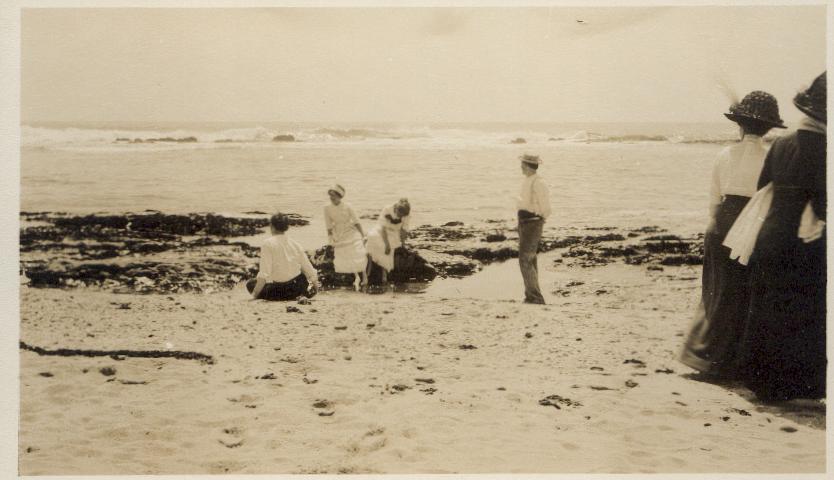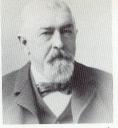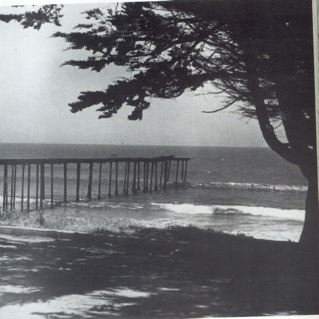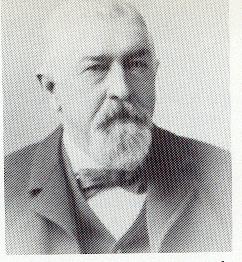I forgot to tell you that a while back I received a delightful email from Joni Mueller:
“June,” she wrote, “why did you remove Sami’s video [from youtube]? I wanted to share it with a friend who just recently lost her kitty. It was the most precious thing.”
Joni (fellow cat lover)
————
“Joni,” I wrote, “Thank you for remembering Sami’s video. I just uploaded it again
to youtube–here’s the link:http://www.youtube.com/watch?v=uPTl7AX61us
Thank you for remembering. So sweet.”
——————-
“June,” she wrote, “He is a precious cat and what makes the video so sweet, to me anyway, is the little chirps of happiness and the interaction with you; he seems like a loving cat. And it’s that same cute noise they make when you touch them while they are fast asleep, a million miles beneath their brains.
Thanks for re-uploading, I’ll let my friend know!
Joni
——
Joni has a website called “Joni’s Universe.” Here’s the link:
http://www.joniverse.com/
She also has a business design website with Ivan Minic which looks pretty good. it’s called Pixelita Designs and here’s the link: http://www.pixelita.com/
Be adventurous…Check out Joni’s sites.


